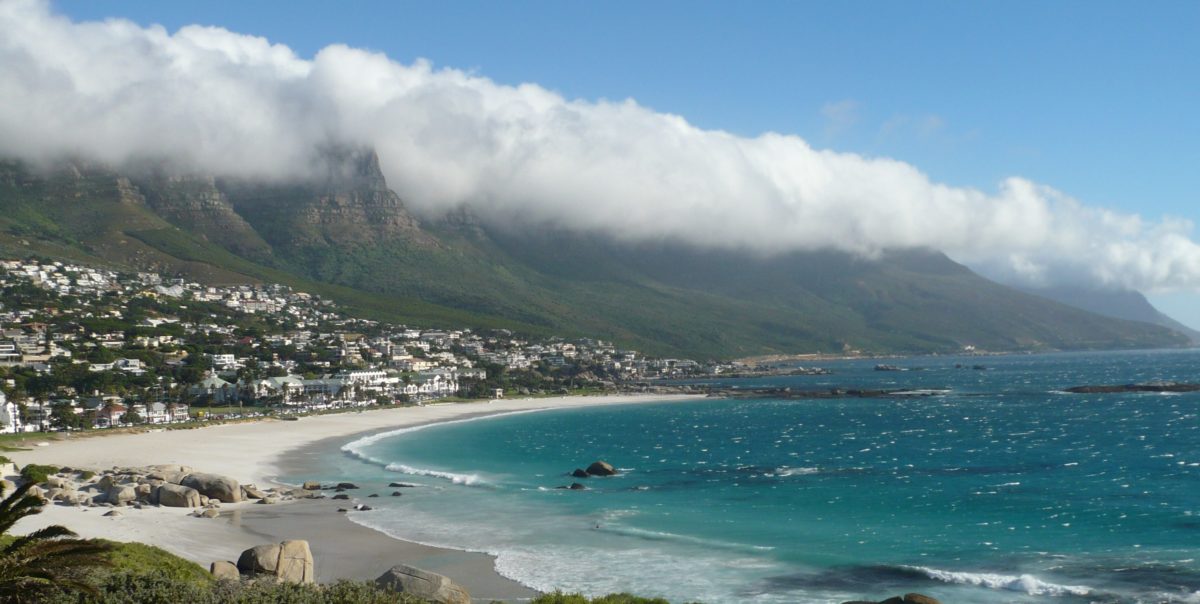THIS IS A REPRINT OF AN ARTICLE FROM 2016. THE INFORMATION IS STILL CURRENT.
Los Angeles has a lot to offer a visitor. Sunshine, mountains, beaches, hiking, stars, world-class museums and some truly wonderful dining with up and coming new chefs. Yet, it is also one of the weirdest places on the planet. While the term “Film noir” was coined in France, the term describes films made in and around Los Angeles during the 1940’s. In LA, there is always a sense of pessimism and menace.

Behind or under all that sunshine, there is a dark, troubling Los Angeles full of weird and sometimes dangerous things. This is also the city of corruption, the Black Dahlia, mad power grabs, famous unsolved murders, cults, and Charlie Manson.
This is also the city of strange, peculiar, and wondrously interesting people and places. Like the giant Randy’s Donut sign seen in so many movies about Los Angeles, the Watts Towers, or the Bronson Caves. One of the strangest yet most popular off-beat attractions in the City of Angeles is the Museum of Jurassic Technology. Located in Culver City, also the home of MGM and Sony Studios, the museum is located at 9341 Venice Boulevard in the Palms district of Los Angeles, California.
The museum itself seems to be a unique combination of interactive performance art and a provocative little haven of curiosities and rarities; scientific, historic and artistic in nature. Obscure exhibits feature everything from an extensive exhibit on a Soviet designer/engineer who influenced the Soviet space program but never actually made a rocket to folk curses and cures through the ages. Examples include “the restorative properties of urine” and “cures from eating mice.” Is it a parody or is it a witty homage to private museums of the 16th and 17th century or just some crazy collector’s obscure items that only they truly care about? Truth or fiction, myth or reality? You have to decide for yourself.

TripAdvisor.com lists this as the #1 thing to do in Culver City, and it is sure worth the couple of hours you could take to wander through this warren’s den of small, dimly lit exhibits. The setting is very theatrical, mysterious and bizarre as you move from one unrelated exhibit to another. At some point you start to ask yourself where the joke is as you bump into an array of microscopes focused on tiny almost invisible arrangements made from butterfly wings and sculptures so tiny that they fit into the eye of a needle juxtaposed against a clearly made up exhibit of cheap items from junk shops called a “History of Trail Park Art”. Yet the exhibit is so painstakingly made with a history of the movement, models of trailers, several cases filled with plates and photos of supposed collections and in-depth histories of each of the collectors that you almost begin to believe that it is truly real.
The museum was founded by David Hildebrand Wilson and Diana Drake Wilson (husband and wife) in 1988. Wilson won a MacArthur Foundation Award in 2001. The museum’s pamphlet itself states the museum is “an educational institution dedicated to the advancement of knowledge and the public appreciation of the Lower Jurassic.” The link to the term “Lower Jurassic” and how it pertains to the museum’s collections is left unexplained.
At the end of your tour on the top floor, there is a lovely little tea room which is included in the price of admission, where you can ponder your vague, disquieting visit or reflect on the challenging originality and dry humor of the place.
Street and free meter parking were pretty easy to find on a Sunday afternoon. Admission is a donation of $8.00 per adult (well worth it!) with varying discounted costs for other visitors. Uniquely stocked gift shop to peruse at the completion of your visit. No photos allowed and the staff is amazingly friendly. This is a very small and peculiarly offbeat museum and it is well worth the time to visit and wonder about its mysterious and confusing exhibits, and the apparent randomness of it all.
PERSONAL SITE – http://www.jamesrcarey.com
IMDB.COM- https://pro.imdb.com/name/nm9826663/filmography
FILMFREEWAY.COM – https://filmfreeway.com/JamesCarey
LINKEDIN.COM – https://www.linkedin.com/in/james-carey-74581a3/
YOUTUBE CHANNEL – https://www.youtube.com/channel/UC9C0KPdL3tN1Q00FIz_m-zQ




















You must be logged in to post a comment.